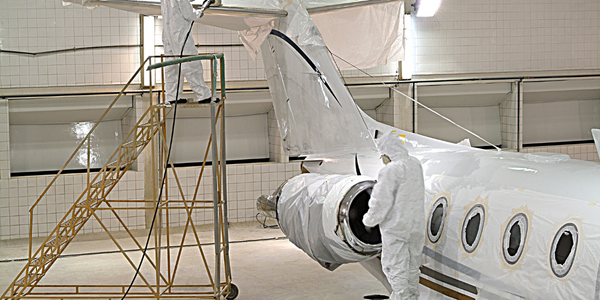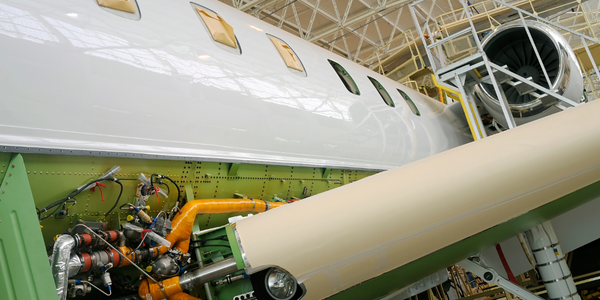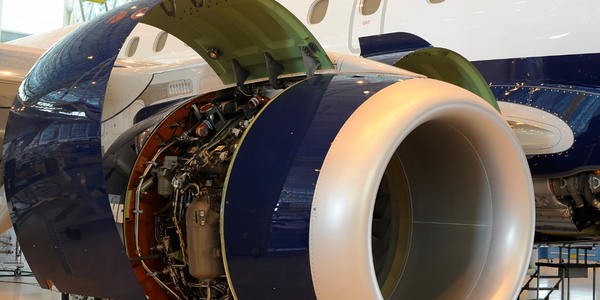Customer Company Size
Large Corporate
Region
- America
Country
- Canada
Product
- WebFOCUS
- WebFOCUS Active Reports
Tech Stack
- Business Intelligence Software
- Data Analytics
- Web-based Applications
Implementation Scale
- Enterprise-wide Deployment
Impact Metrics
- Customer Satisfaction
- Cost Savings
- Productivity Improvements
Technology Category
- Analytics & Modeling - Real Time Analytics
- Application Infrastructure & Middleware - Data Exchange & Integration
Applicable Industries
- Aerospace
- Telecommunications
Applicable Functions
- Sales & Marketing
- Business Operation
Use Cases
- Predictive Maintenance
- Supply Chain Visibility
Services
- Data Science Services
- Software Design & Engineering Services
About The Customer
Air Canada is the world’s 14th largest commercial airline and the largest airline in Canada. It provides the greatest number of scheduled passenger services in the Canadian market, in the U.S.-Canada exchange market, and for international flights to and from Canada. The airline constantly seeks to improve corporate efficiency and employee morale by supplying unique services to its customers. To maintain the company’s high standards throughout its worldwide enterprise, the airline purchased Information Builders’ WebFOCUS business intelligence (BI) software. Since then, the company has used the software to enhance both internal and external reporting activities.
The Challenge
Air Canada, the largest airline in Canada, was seeking to improve its services by making it easier for consumers and corporate customers to purchase, book, and manage travel, as well as track all associated expenses through a self-service reporting portal. The challenge was to build an online reporting environment that was simple enough for customers to use, yet sophisticated enough to handle sensitive corporate data in a secure, reliable way. The company also wanted to extend powerful BI capabilities to its premier customers. The IT department was tasked with this project, which had to be completed outside of the usual IT channels.
The Solution
Air Canada used Information Builders' WebFOCUS business intelligence software to create an online reporting environment that provided up-to-date, 24/7 access to flight bookings and Corporate Pass usage history. The software was used to replace a legacy revenue management reporting system that ran on the mainframe. The new system has been key to managing the business, especially since the airline industry went into a tailspin after September 11, 2001. WebFOCUS helped Air Canada understand which areas to focus on and it played a key role in devising a more resilient business model going forward. The airline also used WebFOCUS to create a BI application that helps the maintenance staff identify deviations. In airline parlance, deviations refer to aircraft maintenance issues, including tracking parts for repairs. Maintenance personnel use WebFOCUS to list all the deviations requiring attention. They can generate standard or parameterized reports that list the type, location, and destination of each affected airplane, along with a catalog of available parts. WebFOCUS makes it easy to identify the required parts and track the performance of each maintenance crew, such as their success identifying, classifying, and closing deviations.
Operational Impact
Quantitative Benefit

Case Study missing?
Start adding your own!
Register with your work email and create a new case study profile for your business.
Related Case Studies.

Case Study
Airbus Soars with Wearable Technology
Building an Airbus aircraft involves complex manufacturing processes consisting of thousands of moving parts. Speed and accuracy are critical to business and competitive advantage. Improvements in both would have high impact on Airbus’ bottom line. Airbus wanted to help operators reduce the complexity of assembling cabin seats and decrease the time required to complete this task.

Case Study
Aircraft Predictive Maintenance and Workflow Optimization
First, aircraft manufacturer have trouble monitoring the health of aircraft systems with health prognostics and deliver predictive maintenance insights. Second, aircraft manufacturer wants a solution that can provide an in-context advisory and align job assignments to match technician experience and expertise.

Case Study
Aerospace & Defense Case Study Airbus
For the development of its new wide-body aircraft, Airbus needed to ensure quality and consistency across all internal and external stakeholders. Airbus had many challenges including a very aggressive development schedule and the need to ramp up production quickly to satisfy their delivery commitments. The lack of communication extended design time and introduced errors that drove up costs.

Case Study
Accelerate Production for Spirit AeroSystems
The manufacture and assembly of massive fuselage assemblies and other large structures generates a river of data. In fact, the bill of materials for a single fuselage alone can be millions of rows of data. In-house production processes and testing, as well as other manufacturers and customers created data flows that overwhelmed previous processes and information systems. Spirit’s customer base had grown substantially since their 2005 divestiture from Boeing, resulting in a $41 billion backlog of orders to fill. To address this backlog, meet increased customer demands and minimize additional capital investment, the company needed a way to improve throughput in the existing operational footprint. Spirit had a requirement from customers to increase fuselage production by 30%. To accomplish this goal, Spirit needed real-time information on its value chain and workflow. However, the two terabytes of data being pulled from their SAP ECC was unmanageable and overloaded their business warehouse. It had become time-consuming and difficult to pull aggregate data, disaggregate it for the needed information and then reassemble to create a report. During the 6-8 hours it took to build a report, another work shift (they run three per day) would have already taken place, thus the report content was out-of-date before it was ever delivered. As a result, supervisors often had to rely on manual efforts to provide charts, reports and analysis.

Case Study
Developing Smart Tools for the Airbus Factory
Manufacturing and assembly of aircraft, which involves tens of thousands of steps that must be followed by the operators, and a single mistake in the process could cost hundreds of thousands of dollars to fix, makes the room for error very small.








